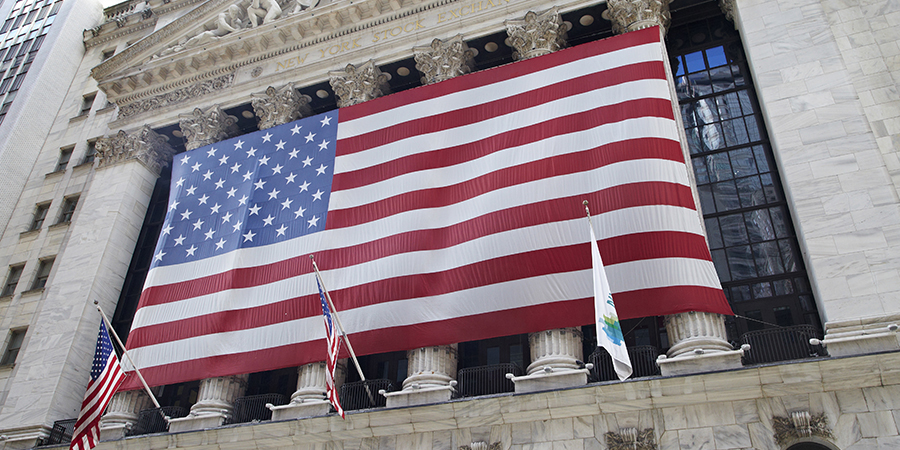by Brian Levitt, Invesco Canada
As we embarked on this year, I expected 2019 to be the year of slower growth but better policy. And that, I posited, would be better for financial markets than 2018’s combination of strong growth and bad policy, specifically Federal Reserve (Fed) interest rate hikes and trade tariffs.
The Fed changed its game plan in 2019, signaling a major change in approach at its January meeting and delivering a rate cut in July. The Fed’s pivot to a more dovish policy stance was self-evident, given the late 2018 tightening of financial conditions and the deterioration in inflation expectations. Double-digit returns in the broad U.S. market1 have thus far validated the Fed’s approach.
Alas, the Fed’s backtrack alone has not been enough to quell concerns that a cycle-ending policy mistake is just around the corner. Only this time, unlike all other cycles, the focus is on the Trump administration’s trade policy and less so on the Federal Open Market Committee.
To be clear, the type of market drawdowns that punctuated August, in and of themselves, should be expected. They happen almost every year and typically arise amid policy uncertainty. That much we know. Herein lies the rub — the longer the uncertainty persists, the longer we expect volatility to persist, irrespective of the potential long-term outcome. To tweak a famous phrase from the Clinton era: “It’s the uncertainty, stupid.”
The problem with uncertainty
Protectionism leads to inefficient economic outcomes but doesn’t necessarily lead to recessions. Uncertainty, on the other hand, grinds business investment to a halt. During past bouts of uncertainty, we’ve seen the flight to quality commence with all the trappings — the dollar rallying, the yield curve flattening, oil prices falling, high yield spreads widening, and equities selling off. It was only when policymakers reminded themselves to do no harm did we see the trade unwind and equities regain their elongated secular run.
To be clear, this is not intended to be a statement on the long-term trade policy for the country. Nor am I saying that all issues need to be resolved today. Trade conflict between major nations is as old as time. In more recent history, the UK complained in the 1700s of the U.S. stealing intellectual property. Britain and Germany battled for trade supremacy from 1914-1918 — and again 20 years later. For those keeping score, markets did fabulously well in the 20th century in spite of it all. Rather, my point is that businesses need to know that the rules of the game will not be changing from day to day.
James Carville — the political advisor who rallied Bill Clinton’s presidential campaign around “the economy, stupid,” — had another famous saying. To paraphrase, Carville said that if he could be reincarnated as anyone (or anything), he would come back as the bond market so that he could bully everyone. Indeed, as of this writing, the yield curve is now modestly inverted and the bullying has begun.
Given the low rate/inflation environment and Fed policy accommodations, I believe that the markets want to go higher. I maintain my position that slowing growth and better policy wouldn’t be such a bad thing for markets — but as we hurtle toward the end of the year, it remains to be seen whether policymakers can trade in short-term uncertainty for a stable, long-term trade framework that can boost business confidence.
This post was first published at the official blog of Invesco Canada.















